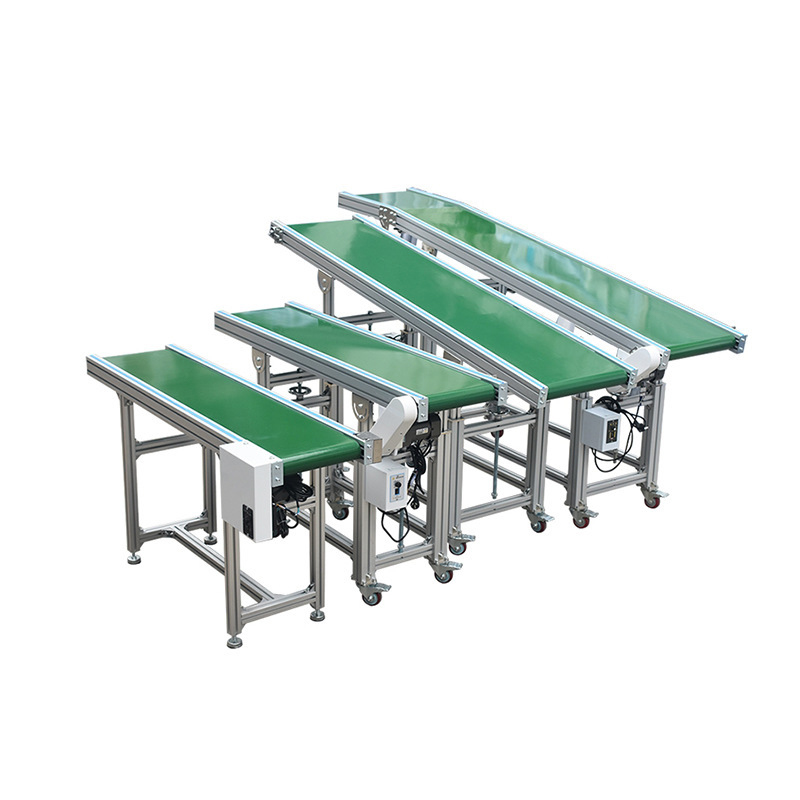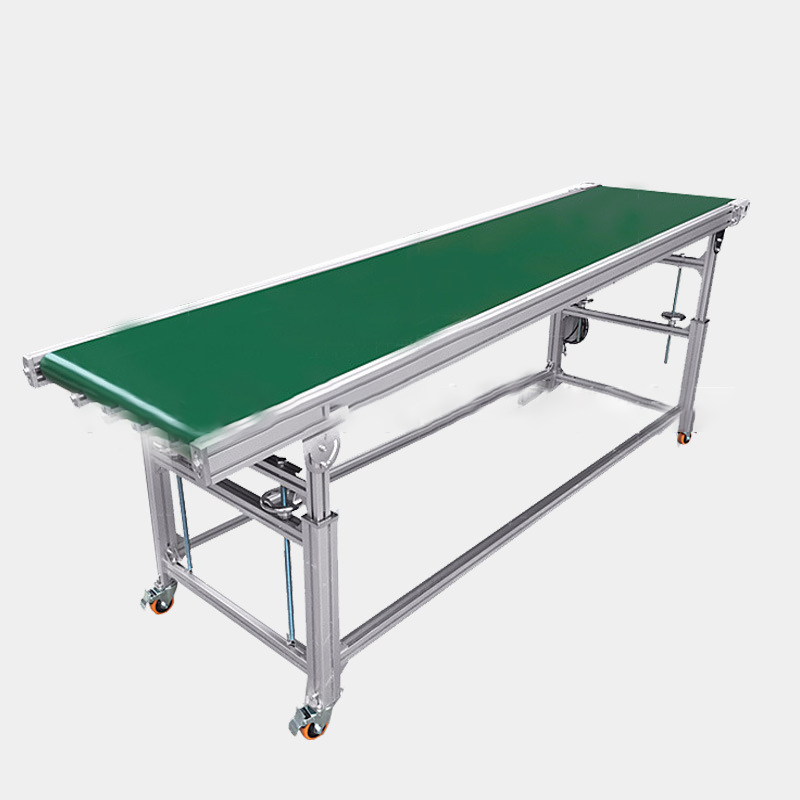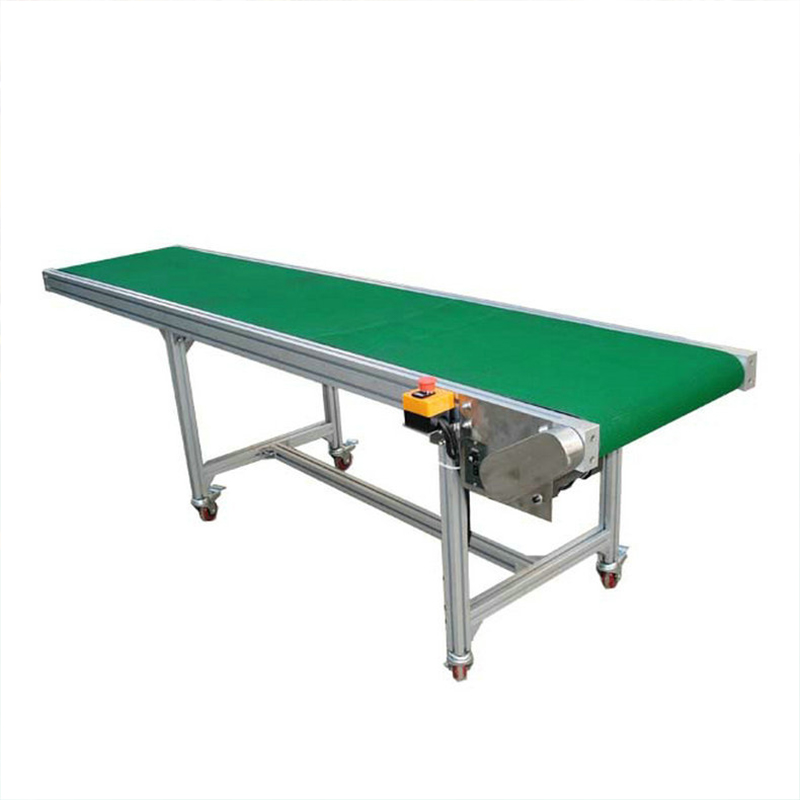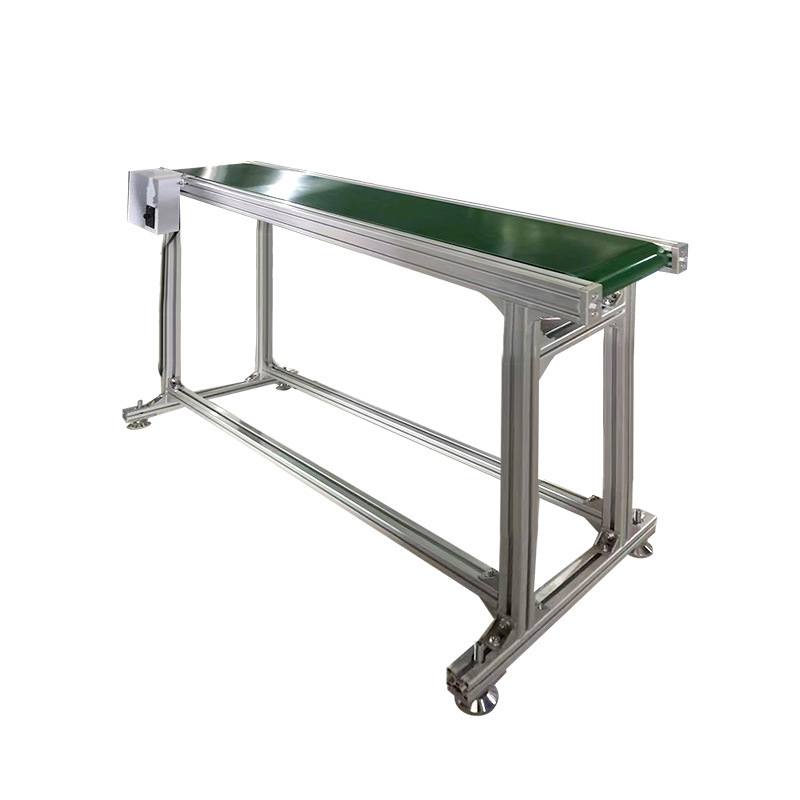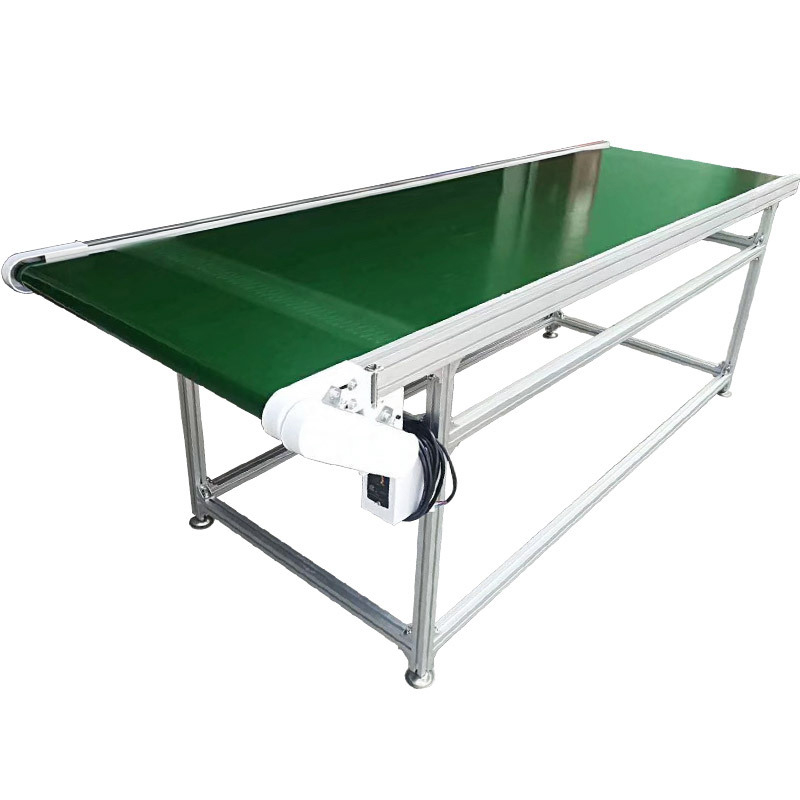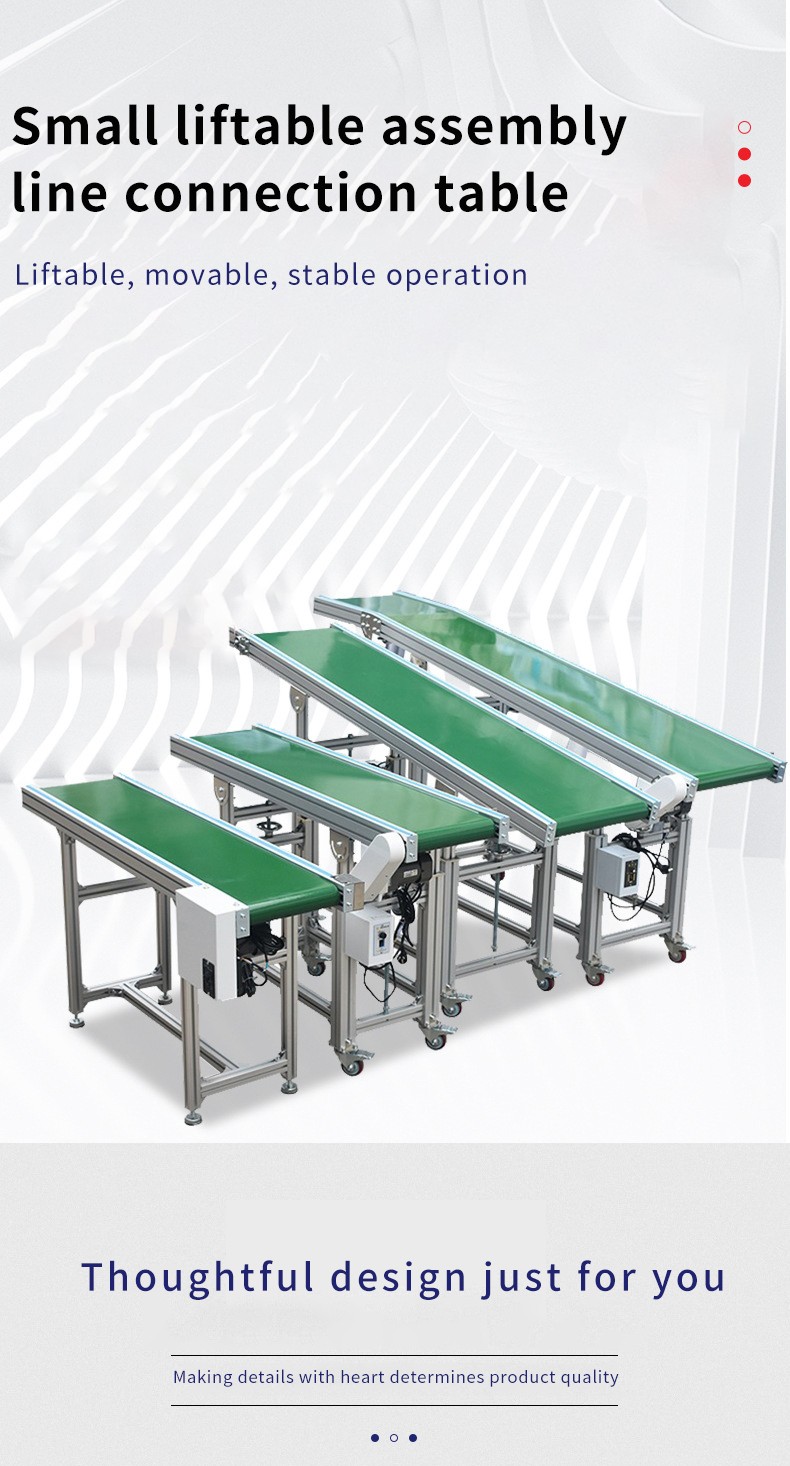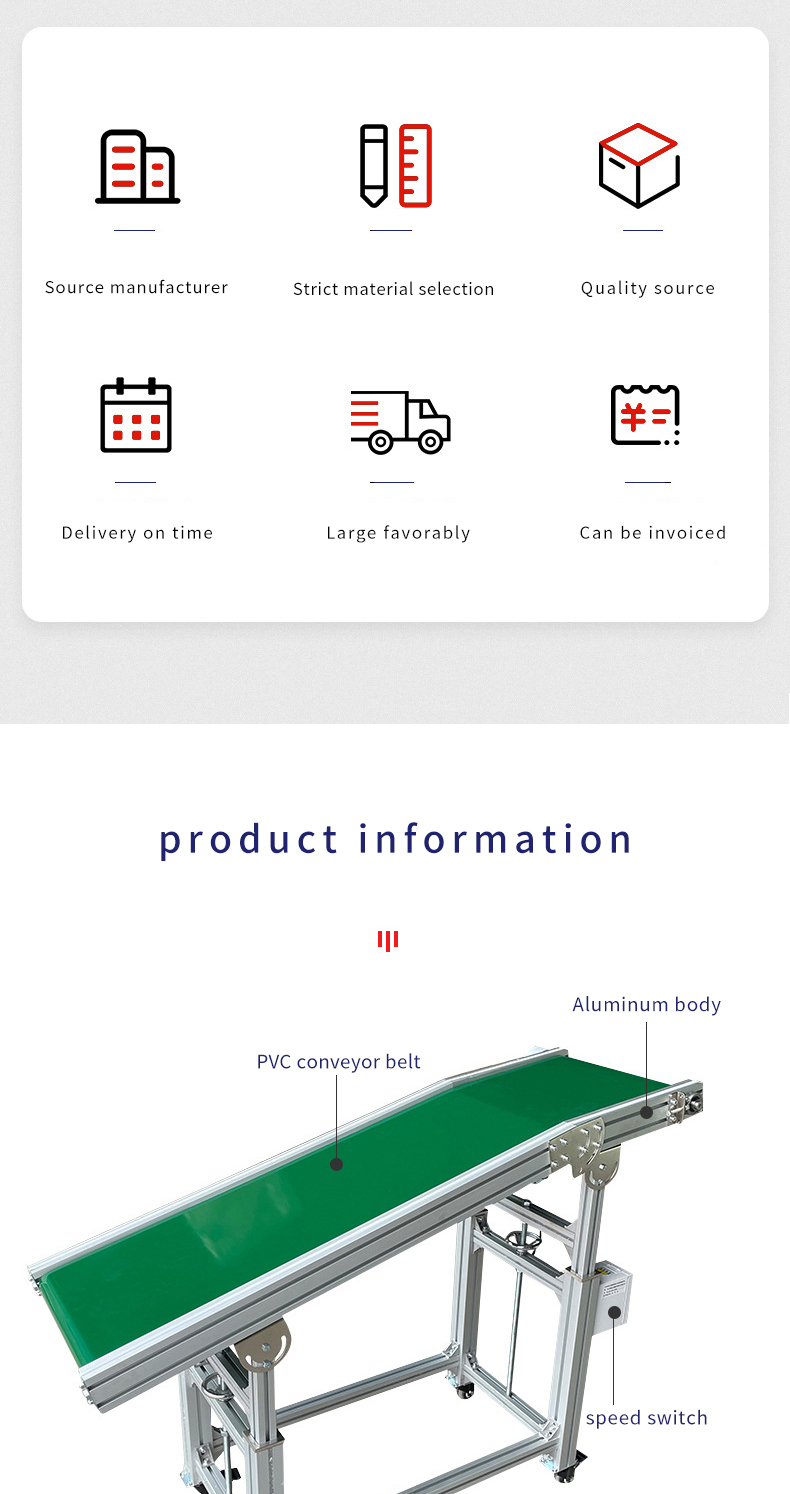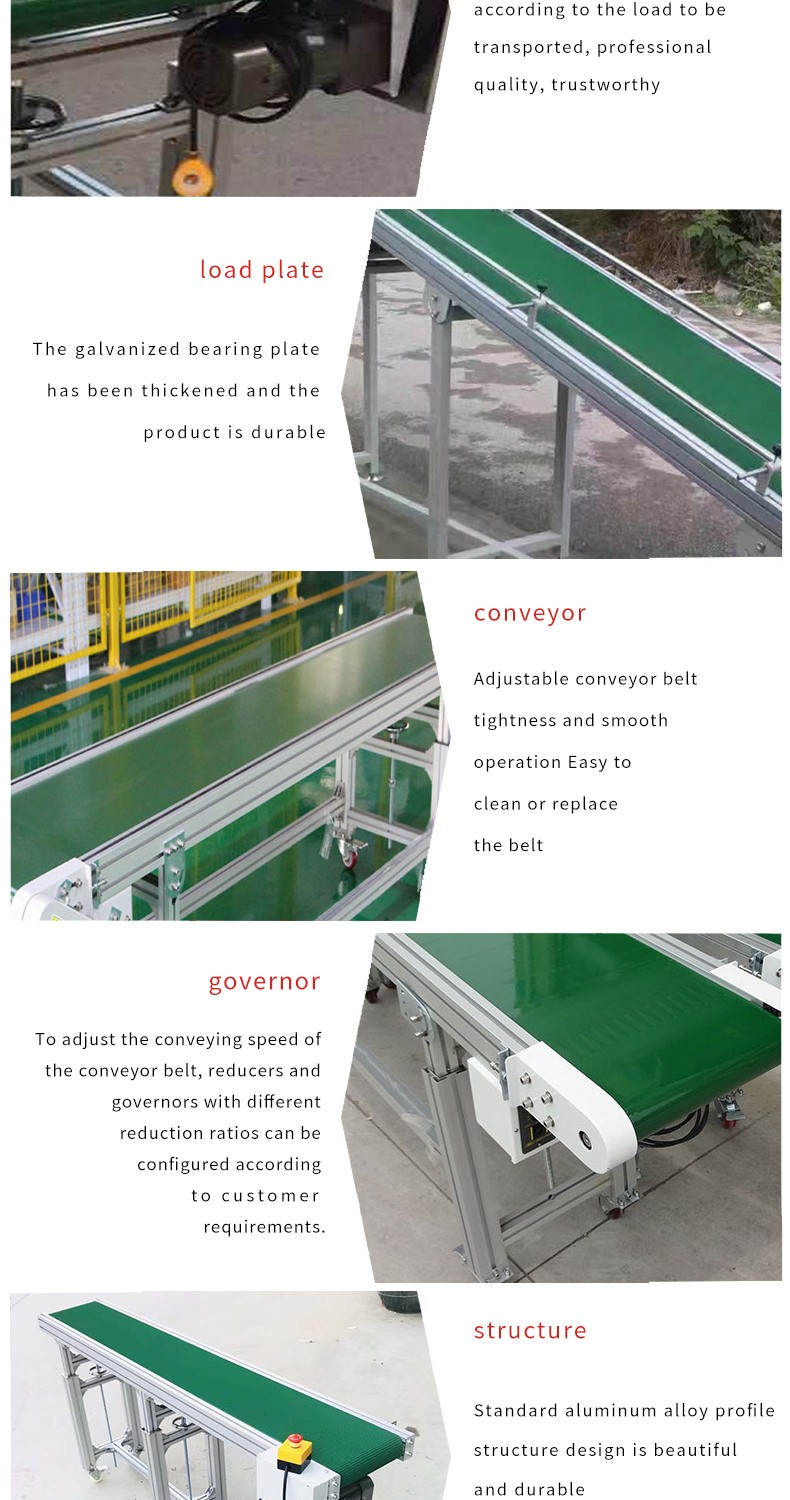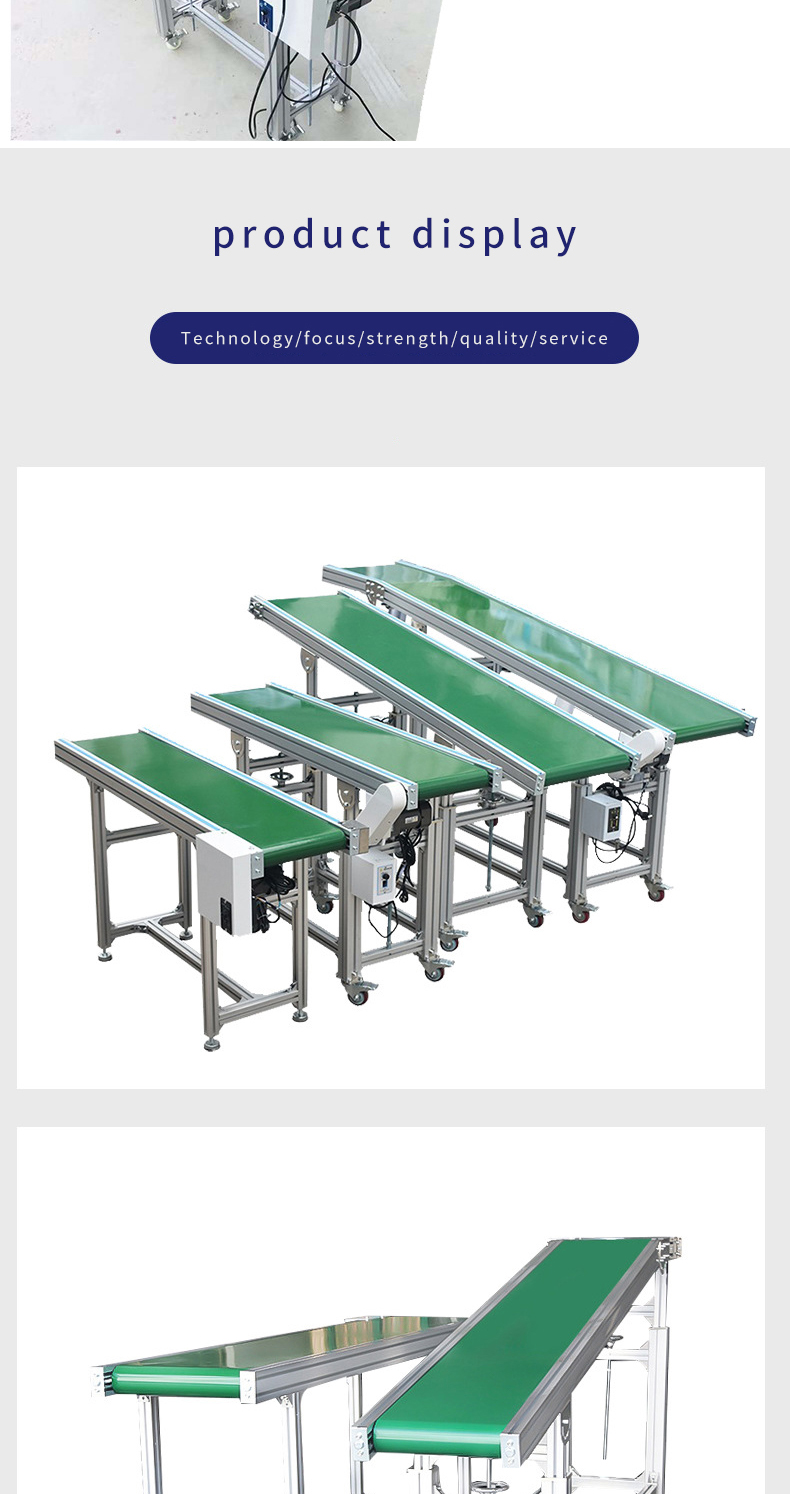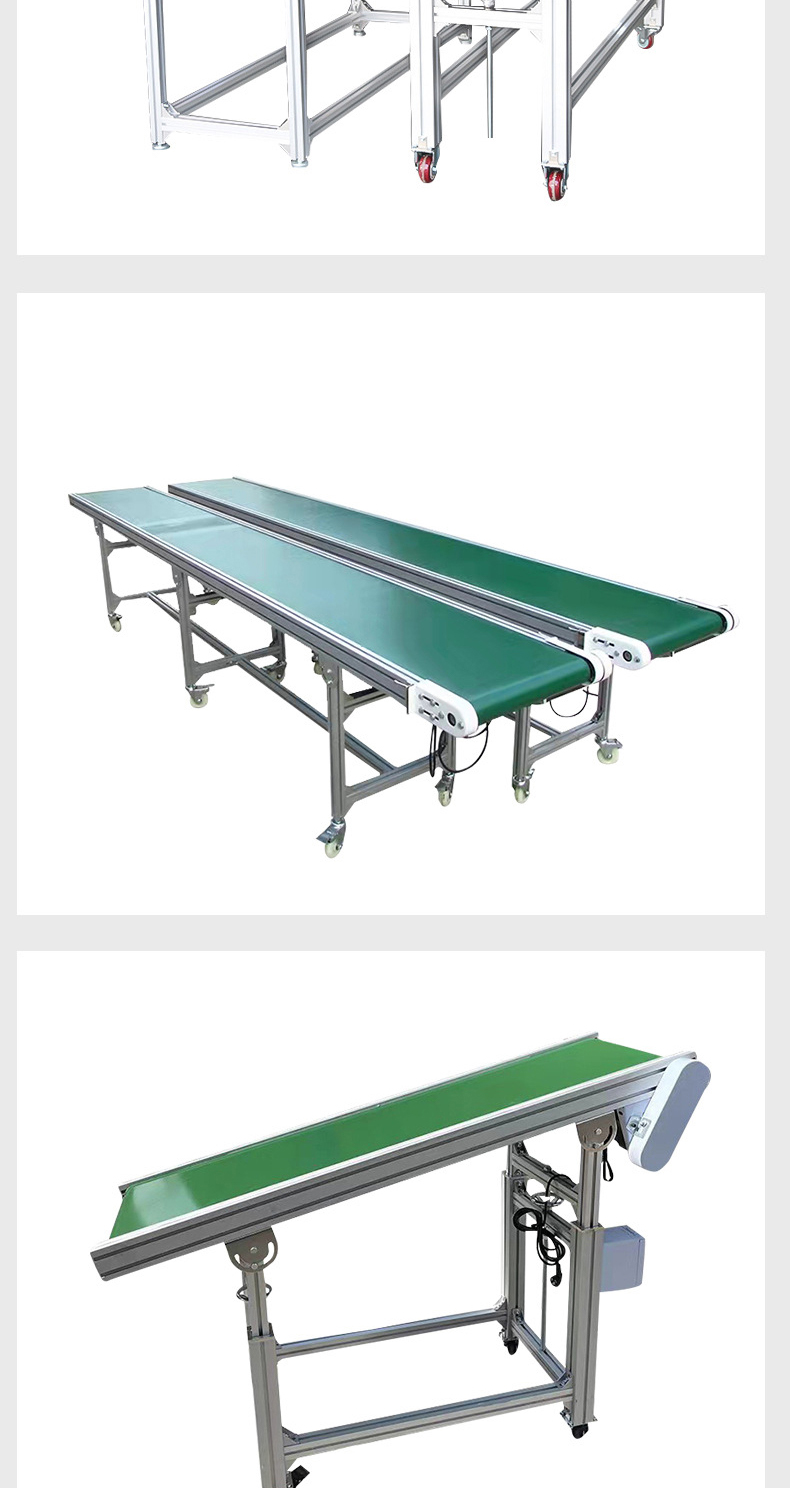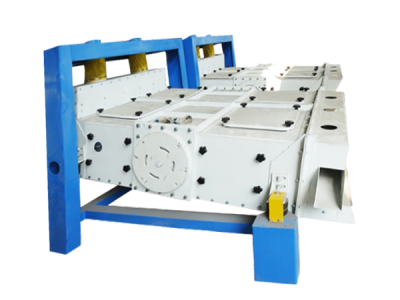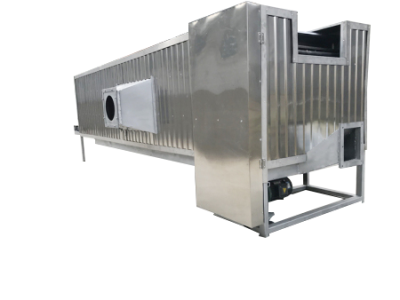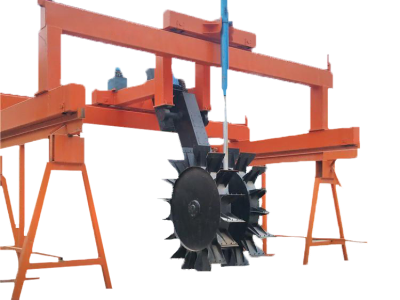Belt conveyor equipment
1. It can be designed and customized according to actual needs, and can meet material transportation tasks of different scales.
2. It can realize continuous and uninterrupted transportation of materials, and can ensure that materials are continuously transmitted from one process to the next process on the production line.
3. It can be flexibly arranged according to the terrain and can adapt to various complex terrain conditions, such as climbing, downhill, turning, etc.
4. The structure is relatively simple, mainly composed of conveyor belts, rollers, rollers and other components, and the failure rate of the equipment is low.
5. The conveyor belt is relatively stable during operation, and will not produce large vibrations and shocks, which can ensure the stability of materials during transportation.
As an indispensable material conveying equipment in modern industrial production, belt conveyor equipment plays a key role in many industries with its high efficiency, stability and flexibility, providing a solid guarantee for enterprises to achieve efficient production and logistics transportation.
The large conveying capacity can realize continuous and efficient material transportation. The conveying volume per hour can reach hundreds or even thousands of tons, which greatly improves production efficiency and meets the needs of large-scale production and logistics transportation.
Long-distance transportation can be carried out according to actual needs, without the need for frequent intermediate transfers, reducing losses and costs during material transportation.
Simple structure, stable operation, low failure rate and low maintenance cost. The conveyor belt is relatively stable during operation.
It can transport various types of materials, including materials in different forms such as blocks, granules, powders, as well as materials of various materials such as coal, ore, sand, cement, grain, etc.
It can be flexibly arranged according to the terrain, space and production process requirements of the site, and can realize various transportation modes such as horizontal, inclined and turning to adapt to different working environments and production needs.
Low energy consumption: Compared with some other conveying equipment, belt conveyors consume less energy when conveying the same amount of materials.

